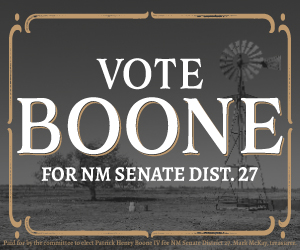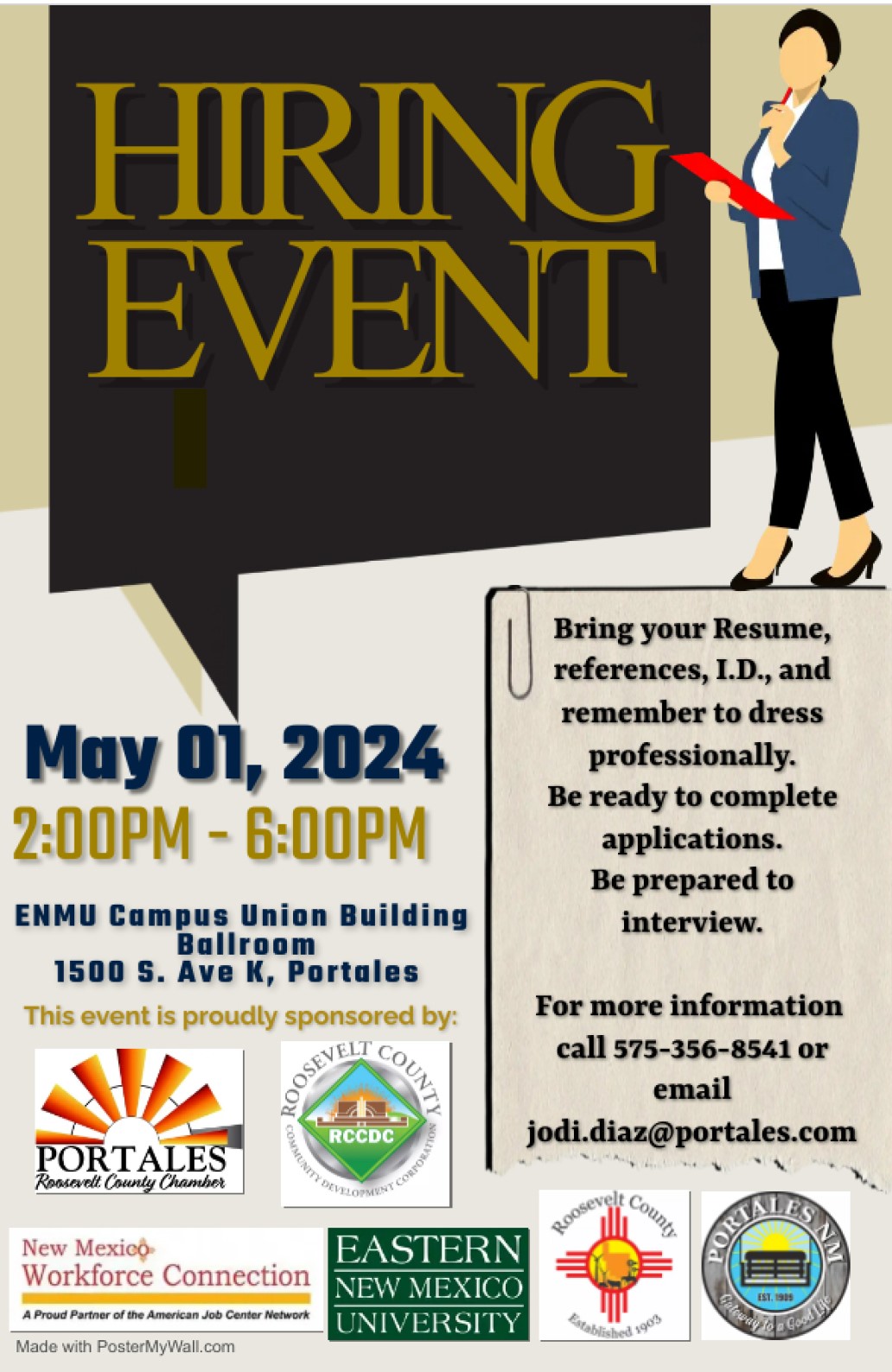On Sunday, August 27, 1871 in Mesilla, a small town near Las Cruces, hundreds of Democrats gathered in the plaza for a political rally. Because they had earlier relented the plaza to the Democrats, the Republicans instead held their large rally at party leader John Lemon’s nearby home. The campaign had been heated between Democrat Jose M. Gallegos and Republican J. Francisco Chaves, a veteran of the Civil War in New Mexico. The two men were running for territorial delegate to the U.S. Congress. The campaign at some point had reportedly gotten very personal and partisan. Expecting tension, troops from Fort Selden came south that day to Mesilla to maintain order. After both rallies seemed to have gone off without problems, the troops headed back to the fort, leaving both parties in the area.
Shortly after, the trouble began…
Historians have said that “free campaign whiskey” flowed freely on both sides that day, which likely fueled the decision among the Republican crowd to disrupt the Democrat rally in the plaza.
Newspaper accounts say the crowd headed out, led by Lemon, who was a candidate for probate judge, and arrived just as Democrats were making a ceremonial march around the plaza. The two groups were soon marching in opposite directions, yelling and glaring at each other across the plaza, and came to a head in front of the Barela-Griggs-Reynolds store.
Lemon was soon in a shouting match with Democrat I.N. Kelly, a printer for the local newspaper, The Borderer. As it was getting physical between the two, a man named Apolonio Barela for some reason fired off his pistol in the air, and that’s when Kelly struck Lemon over the head with a heavy ax handle, knocking him to the ground. Immediately, Lemon’s friend Felicito Arroyas y Lueras shot and killed Kelly, and he himself was shot through the heart and killed as the violence erupted.
In just seconds, the two crowds charged, fists and clubs flying, as shots were fired from all, and in all, directions.
 Just as quickly, people fled away from the plaza and down the narrow streets. People attending mass at San Albino, most of them women and children, were coming out of the church when the fighting began, and some of them were injured or crushed amid the panic and chaos.
Just as quickly, people fled away from the plaza and down the narrow streets. People attending mass at San Albino, most of them women and children, were coming out of the church when the fighting began, and some of them were injured or crushed amid the panic and chaos.
Mariano Barela, the 240-pound sheriff and a local Democratic Party leader, reportedly tried in vain to stop the escalating violence. A federal officer stationed in Mesilla sent for messengers to get help from Fort Selden. By some accounts, men from both sides took positions in doorways, windows, and the rooftops of buildings and exchanged shots across the now emptied plaza. Some reports say people unaware of the fray entered Mesilla and were shot at without warning. The troops of the 8th Cavalry from Fort Selden had started back earlier in the day, so the messengers sent by Barela and others were able to reach them fairly quickly.
Nine people died and as many as 50 people were seriously injured in the riot, and most of those were treated discretely at home.
One lucky member of one of the marching bands was saved when his cornet stopped a bullet heading toward his chest. (That instrument as well as other artifacts of the riot are on display at the Gadsden Museum in Mesilla). Even the town doctor was shot in the hand while trying to help the wounded, and some candidates and office holders were themselves injured. Others narrowly escaped injury, including Democratic probate clerk candidate and future county leader Daniel Frietze, who counted four bullet holes in his coat.
The Santa Fe Daily New Mexican reported on Sept. 1, 1871, that the riot “appears to have been a terribly bloody affair. There seems no doubt that the disturbances commenced by an outrageous, unprovoked attack upon the Hon. John Lemon.” The Santa Fe Daily New Mexican also reported large crowds came to Lemon’s burial two days later at San Albino Church in Mesilla, along with other victims of the riot.
With no judge in the district at the time, a judge was summoned from another district to hold an investigation. After three days, he decided it was too dangerous for any investigation and returned home without any action and no one was ever convicted.

Original Article by Christopher Schurtz / For the Sun-News





























